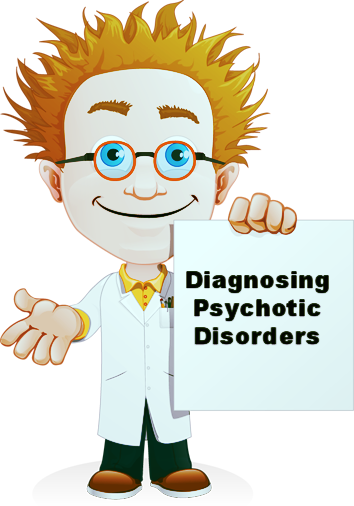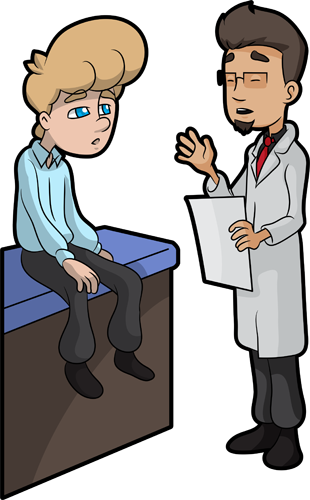Mental Health | Benzodiazepine Prescribing By Primary Care Doctors has gone up

 Benzo use is up | The drugs Clonazepam and Diazepam are both benzodiazepines;
Benzo use is up | The drugs Clonazepam and Diazepam are both benzodiazepines;
they're better known by the brand names Klonopin and Valium. The drug class also includes Ativan, Librium and Halcion.
The percentage of outpatient medical visits that led to a benzodiazepine prescription doubled from 2003 to 2015, according to a study published Friday. And about half those prescriptions came from primary care physicians.
This class of drugs includes the commonly used medications Valium, Ativan and Xanax. While benzodiazepines are mostly prescribed for anxiety, insomnia and seizures, the study found that the biggest rise in prescriptions during this time period was for back pain and other types of chronic pain. The findings appear online in JAMA Network Open.
And while benzodiazepines are best for short-term use, according to physicians, the new study found that long-term use of these drugs has also risen. From 2005 to 2015, continuing prescriptions increased by 50 percent.
Long-term use of the drugs can cause physical dependence, addiction and death from overdose.
"I don't think people realize that benzodiazepines share many of the same characteristics of opioids," says Dr. Sumit Agarwal, an internist, primary care physician and researcher at Brigham and Women's Hospital in Boston, and one of the authors of the new study.
"They are addictive," he says. "They cause you to have slower breathing; they cause you to be altered in terms of mental status. And then, eventually, [they] can cause overdose and deaths."
Previous studies have shown a nearly eightfold rise in mortality rates from overdoses involving benzodiazepines — from 0.6 in 100,000 people in 1999 to 4.4 in 2016.
"That's somewhere around 10,000 to 12,000 deaths at the hands of benzodiazepines," says Agarwal. "This rise is happening quietly, outside of the public eye."
And according to a recent report by the U.S. Centers for Disease Control and Prevention, the overdose mortality rate involving benzodiazepines for women between the ages of 30 and 64 has increased by 830 percent between 1996 and 2017.
"Women are more likely to be prescribed these medications," Agarwal says. "Women are more likely to come in to the clinic to be treated for anxiety and depression, and benzodiazepines tend to be one of the medications we reach to."
"The study highlights that we have a very serious problem with benzodiazepines," says Anna Lembke, an associate professor of psychiatry and medical director of addiction medicine at Stanford University School of Medicine. She wasn't involved in the new study.
"I am concerned that our national focus on opioids has hidden the problem related to benzodiazepines — that's our next frontier," says Dr. Joanna Starrels, as associate professor at the department of medicine at the Albert Einstein College of Medicine. She wasn't involved in the new study, but co-authored a 2016 study that found a rise in prescription rates and overdose deaths from this class of drugs between 1996 and 2013. Lembke notes that the biggest rise in outpatient visits that led to benzodiazepine prescriptions were from primary care physicians and not psychiatrists.
Lembke notes that the biggest rise in outpatient visits that led to benzodiazepine prescriptions were from primary care physicians and not psychiatrists.
"I think the big message here is that primary care doctors are really left with burden of dealing, not only with chronic pain and opioid prescription, but also benzodiazepine prescriptions," she says.The trends, she adds, reflect "the incredible burden of care on primary care physicians, who are given little time, or resources" to handle a high volume of pain patients with complex conditions.
"That's partly what got us into the opioid epidemic in the first place," Lembke notes.
"Generally speaking, primary care physicians have not received the training that they need to prescribe medications that have such high risk for addiction or overdose," says Starrels.
"Primary care doctors," she says, "are the frontline providers. "And in many settings, particularly in rural areas, we may be the only providers. So we end up needing to treat conditions where specialists may be better trained — like chronic pain, addiction and anxiety."
Given the rise in benzodiazepine prescriptions for back pain and chronic pain, "it may be that benzodiazepines are taking the place of opioids," says Lembke.
However, Starrels cautions that the new study couldn't determine whether the patients who were treated for back or chronic pain were prescribed a benzodiazepine for their pain. It's also possible they were prescribed these medications for anxiety or insomnia in addition to being treated for pain.
The new study also found that the co-prescribing of benzodiazepines with opioids has risen during this time period. But that's not necessarily a bad thing, says Lembke.


